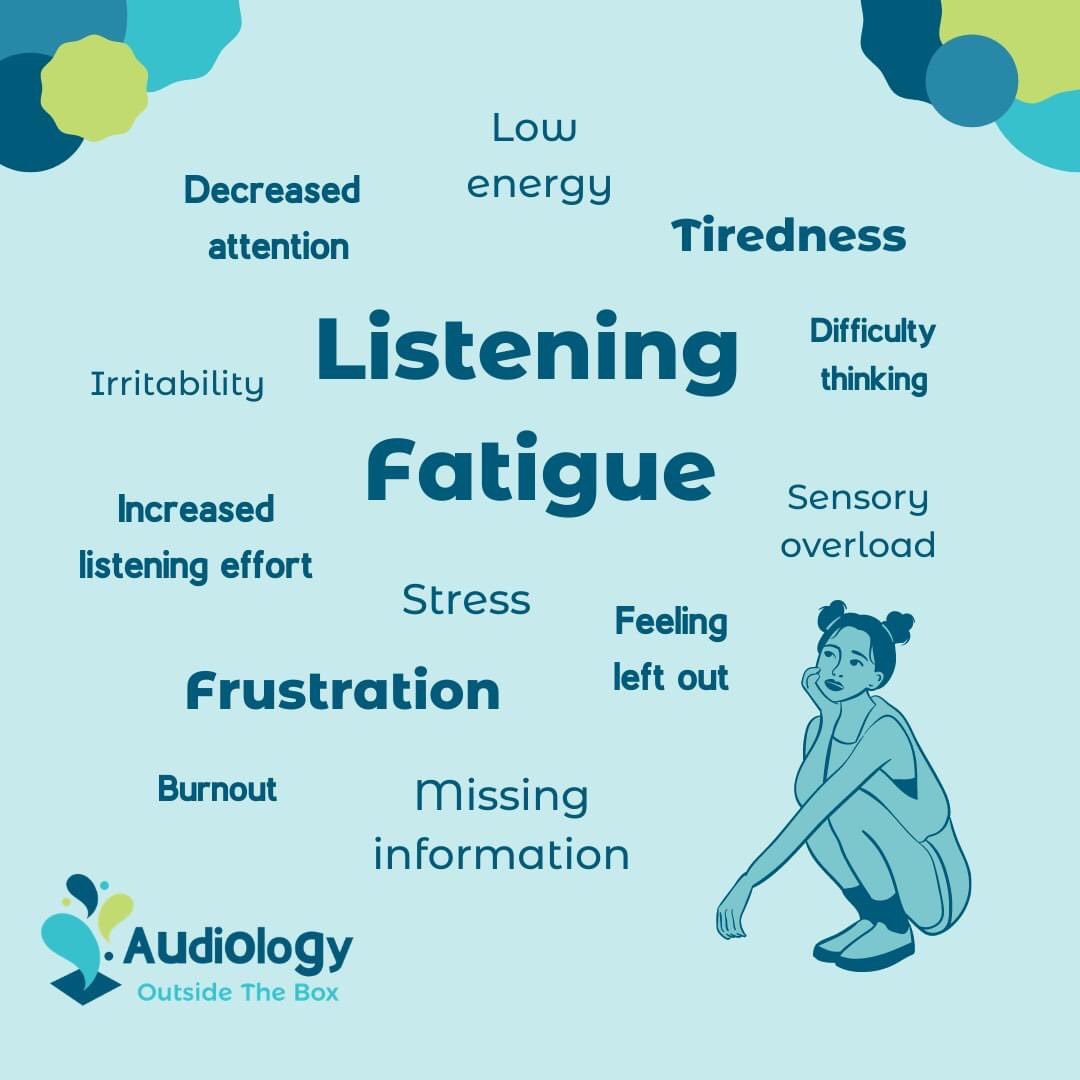
Cochlear implant fact of the day: there is no credible evidence that sign language causes poor spoken language outcomes in children with CIs. Read this one carefully! 

Little research exists on early sign language access in children with CIs specifically.
Some research has reported better spoken language outcomes for DHH children who communicate primarily in spoken language compared to those who communicate primarily in sign language. In some cases, study authors have suggested that sign language itself causes poorer outcomes.
A systematic review of the research on early sign and spoken language access for DHH children was published in 2016. The authors reported that not enough high-quality research exists on this topic.
Whether sign language + spoken language or spoken language interventions alone are more effective cannot be determined from the available evidence (Fitzpatrick et al., 2016).
Some of the available research on this topic is what scientists call "correlational": it suggests that two things are related but does not tell us *how*. It does not show cause and effect, and there are other possible explanations for the research findings.
For example: quality of spoken language access may influence a child’s communication preferences at specific points in time and long term. A child who has less spoken language access with hearing devices may prefer sign language because they find it more accessible.
Degree of spoken language access itself is a possible explanation for a child’s spoken language outcome.
Geers et al. (2017) is a commonly cited example of evidence for focusing on spoken language rather than sign language. The problem with this is that the evidence it provides is not strong enough to conclude that sign language causes poorer spoken language outcomes.
If you read this article, read it carefully and be sure to read the responses to it as well. Several researchers in linguistics, psychology, and related fields have written thoughtful responses (linked below) challenging the conclusions of this research.
Another issue to consider: studies on this topic do not define “sign language” in a consistent way. American Sign Language is independent of English. It has its own grammar and is different from English-based sign communication systems (like sign-supported speech).
In some studies, all forms of signing are lumped into "sign language" or the term “sign language” is not defined at all. When this happens, there is no way to know how many children had access to a sign language vs. an English-based signing system.
Further, most research on this topic does not control for variations in children’s language experiences. A child who “prefers sign language” might be one who has had sign language access for their whole life, one who wasn't exposed to a sign language until later, ...
...or many other circumstances. Variations in language experience introduce different possible explanations for outcomes. Other research (cited below) suggests that sign language access may support spoken language development.
The relationship of spoken language outcomes to sign language access in children with CIs is not yet understood fully. We should not jump to the conclusion that sign language causes poor spoken language outcomes.
For citations and links, read below.
Systematic review:
-Fitzpatrick, E. M., Hamel, C., Stevens, A., Pratt, M., Moher, D., Doucet, S. P., ... & Na, E. (2016). Sign language and spoken language for children with hearing loss: A systematic review. Pediatrics, 137(1), e20151974.
Systematic review:
-Fitzpatrick, E. M., Hamel, C., Stevens, A., Pratt, M., Moher, D., Doucet, S. P., ... & Na, E. (2016). Sign language and spoken language for children with hearing loss: A systematic review. Pediatrics, 137(1), e20151974.
Examples of research reporting better spoken language outcomes for DHH children who communicate primarily in spoken language:
-Boons, T., Brokx, J. P., Dhooge, I., Frijns, J. H., Peeraer, L., Vermeulen, A., ... & Van Wieringen, A. (2012). Predictors of spoken language development following pediatric cochlear implantation. Ear and Hearing, 33(5), 617-639.
-Geers, A. E., Mitchell, C. M., Warner-Czyz, A., Wang, N. Y., Eisenberg, L. S., & CDaCI Investigative Team. (2017). Early sign language exposure and cochlear implantation benefits. Pediatrics, 140(1).
Examples of research suggesting that sign language access may support spoken language development:
-Davidson, K., Lillo-Martin, D., & Chen Pichler, D. (2014). Spoken English language development among native signing children with cochlear implants. The Journal of Deaf Studies and Deaf Education, 19(2), 238-250.
-Petitto, L. A., Katerelos, M., Levy, B. G., Gauna, K., Tétreault, K., & Ferraro, V. (2001). Bilingual signed and spoken language acquisition from birth: Implications for the mechanisms underlying early bilingual language acquisition. Journal of Child Language, 28(2), 453.
Article-length critique of Geers et al. (2017):
-Hall, M. L., Hall, W. C., & Caselli, N. K. (2019). Deaf children need language, not (just) speech. First Language, 39(4), 367-395.
-Hall, M. L., Hall, W. C., & Caselli, N. K. (2019). Deaf children need language, not (just) speech. First Language, 39(4), 367-395.
Comments on Geers et al. (2017), including critiques
pediatrics.aappublications.org/content/140/1/…
This list is not comprehensive. Feel free to add more resources and citations to this thread!
pediatrics.aappublications.org/content/140/1/…
This list is not comprehensive. Feel free to add more resources and citations to this thread!
• • •
Missing some Tweet in this thread? You can try to
force a refresh





